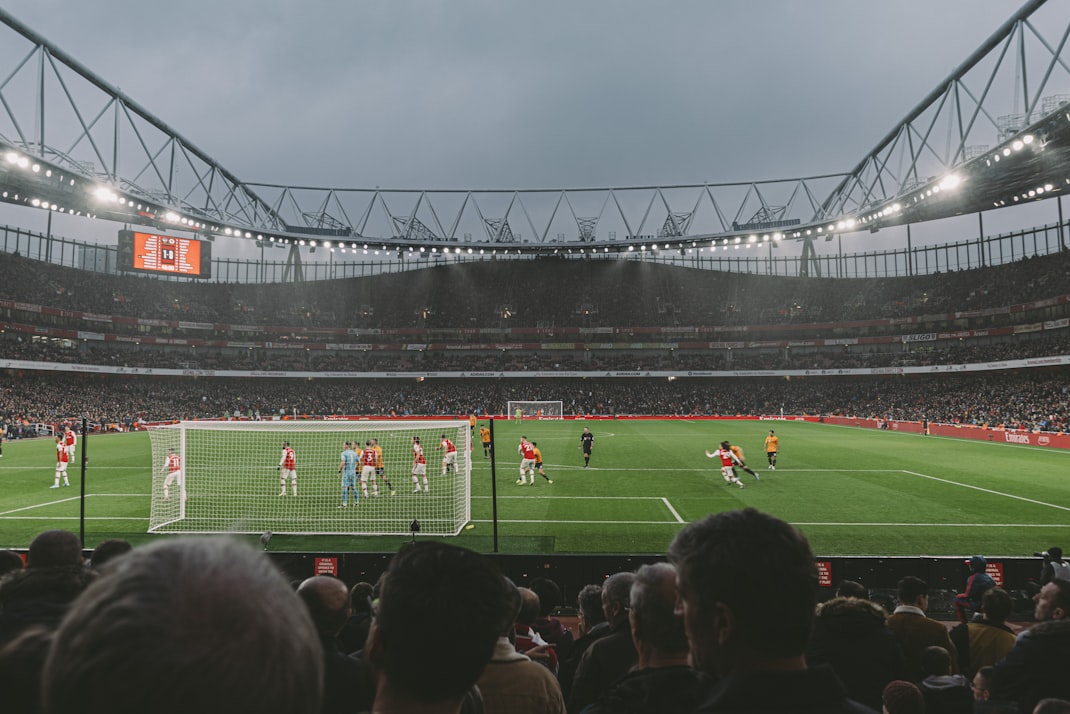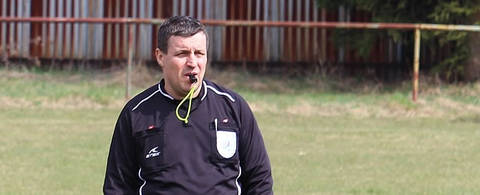Football, a sport known for its athleticism, drama, and unpredictability, has a long history. Teams were managed by coaches giving orders, players going by instinct, and scouts looking at old VHS tapes.
However, things are changing now. Football is undergoing a digital revolution, with technology transforming everything from the team room to the training ground.
So, let us look at how technology is transforming football team management.
I. Evolution of Football Team Management
A. Traditional Methods
Before we jump into the tech revolution, let's take a step back and take a look at what football team management used to be like. Back then, it was all about:
1. Gut Feeling Over Data
So decisions were mostly based on experience, instinct, and game observations. There wasn't much statistical analysis, and the data-focused mostly on goals scored and conceded.
2. Scouting Based on Networks and Intuition
Scouts assessed players using their connections, watching matches, and VHS tapes. Moreover, the process was based on personal opinion and limited to a certain area.
3. Training Based on Standard Drills and Set Programs
The training program was largely standardized. There were few tactical adjustments or customizations based on individual player needs.
4. Fan Engagement Through Physical Interactions
In those days, fans mostly communicated through traditional media and on matchdays. There was little interaction, and there were no feedback systems.
B. Emergence of Technology
The use of technology in football management started in the late 20th century when:
1. Early Data Collection
Basic metrics like possession and pass completion started getting tracked and analyzed. However, the methods used to collect data were manual and limited in scope.
2. Video Analysis Tools
The introduction of video analysis software helped coaches get a deeper understanding of team and individual performance.
3. Performance Tracking Advancements
GPS trackers emerged, providing basic information on player movements and workloads. This early technology was the foundation for today's more advanced devices.
4. Digitalization of Scouting
The internet and online databases have made it easier to find out about players. However, the process still relied heavily on personal assessments and manual scouting trips.
These initial steps led to the data-driven revolution we see today, where technology is fully incorporated into all aspects of football management.
II. Data Analytics in Player Performance Evaluation
A. Tracking Player Metrics
There's no more taking coach's notes or watching grainy videos. Sensors and gadgets have become the new eyes and ears for performance analysis:
1. Distance Covered
The devices measure a player's work rate and movement patterns, revealing fatigue levels, tactical efficiency, and potential positional issues.
2. Speed
Tracks sprints, accelerations, and decelerations, telling you how explosive you are, how agile you are, and how fast you react.
3. Heart Rate
Reveals workloads, recovery rates, and potential stress factors, so coaches can manage workloads and avoid overtraining.
4. Muscle Fatigue
With advanced sensors, you can detect muscle fatigue in real time. This helps prevent injuries and reduces the risk of injury.
Below are some features that go beyond numbers; it gives you a detailed look at individual and team performance, allowing for:
5. Personalized Training
Making training programs based on your strengths, weaknesses, and fatigue.
6. Tactical Adjustments
Identifying areas where the team is struggling and making data-driven tactical adjustments.
7. Injury Prevention
Actively managing workloads and identifying players who are at risk of getting injured based on their biomechanics.
8. Opponent Scouting
Predicting a player's style and identifying their weaknesses by analyzing their player metrics.
B. Performance Analysis Tools
Getting raw data is just the first step. This information is turned into actionable insights by powerful data analytics software:
1. Heatmaps
Track player movement patterns across the pitch, identifying congested areas and unused space.
2. Comparison Tools
Identify areas for improvement by comparing individual player performance to teammates, league averages, and past performances.
3. Predictive Analytics
Make predictions about player performance, injury risks, and potential trade targets using machine learning algorithms.
4. Tactical Analysis
Identify team strengths and weaknesses by analyzing formations, passing patterns, and defensive strategies.
III. Fan Engagement and Experience
The digital revolution isn't just transforming the game on the field; it's also changing how fans connect with their clubs. There are lots of things you can do with technology:
A. Social Media and Digital Platforms
1. Direct Communication
Fans can reach out to clubs via Twitter, Instagram, and Facebook. This creates a sense of belonging and lets you see behind-the-scenes, player interviews, and live Q&As.
2. Interactive Experiences
Polls, quizzes, and game-like elements make fans feel like they're part of the game. On the other hand, live streams and matchday apps give you real-time stats and predictions. This deepens your connection to the game.
Speaking of live streams, the best thing one can do is check for some free apps that help in streaming live football matches. Free sports streaming apps are a great way to live-stream football matches on the go. The best part about modern sports streaming apps is you find them cost-effective and convenient.
All you have to do is download it on your preferred device and you are good to go. Also, you get a wide range of options in terms of sports coverage. So all in all, a great option to have.
However, in this case, taking part in polls and quizzes won’t be possible.
3. Global Reach
Social media breaks down geographical barriers. Therefore, clubs can grow their fanbase by reaching out to international fans.
4. Personalized Content
Clubs can make use of data analytics to customize content and promotions for individual fans. This creates a more meaningful experience.
B. Augmented Reality (AR) and Virtual Reality (VR)
1. Immersive Stadium Tours
With augmented reality, fans can explore the stadium virtually, access hidden areas, and get a feel for matchday online.
2. Interactive Content
Fans can participate in virtual training sessions with their favorite players, or take penalty kicks against the goalkeeper via VR.
3. Enhanced Matchday Experience
With AR overlays on your phone, you can see player stats, and match highlights, and even play interactive games during games.
4. E-commerce Opportunities
AR lets fans try on jerseys and see how products look in the stadium, giving them an interactive experience.
IV. Injury Prevention and Rehabilitation
A. Injury Tracking Systems
Football is a physically demanding sport, and injuries are common. However, technology plays a crucial role in both prevention and rehabilitation:
1. Injury Tracking Platforms
Centralized platforms collect data about player injuries, including type, severity, and recovery time. As a result, you can:
-
Trend analysis. Identify injury patterns within the team or specific positions and figure out how to prevent them.
-
Risk assessment. Predict players who are more likely to get injured based on biomechanical data, training workloads, and previous injuries.
-
Return-to-play protocols. Develop data-driven and personalized plans for each player, ensuring they're safe and ready to play again.
2. Wearable Sensors
Advanced sensors can track your muscle fatigue, joint stability, and landing technique in real-time. This alerts coaches and trainers to potential risks before they happen.
B. Virtual Reality Rehabilitation
Rehabilitation doesn't have to be boring exercises in empty gyms. Virtual reality (VR) technology has revolutionized the process:
1. Immersive Environments
Athletes can practice game-specific movements in virtual game scenarios. This improves balance, coordination, and muscle memory in a safe and controlled environment.
2. Engagement and Motivation
VR makes rehabilitation more fun and interesting. As a result, therapy protocols are followed more often and recovery times are faster.
3. Data-driven Feedback
VR platforms can track performance metrics and give you feedback in real time. As a result, therapists can customize and adjust rehabilitation programs for the best results.
The Bottom Line
Today, football team management is all about technology. It's not just another trend; it's a necessity.
Tech is transforming every aspect of sports, from data-driven decisions to VR training. It's clear that technology will continue to revolutionize the beautiful game in spite of challenges like ethical data usage and maintaining the human element. This will push the limits of performance, engagement, and innovation.
The best part is fans can expect a more data-driven, strategic, and connected football experience.


















